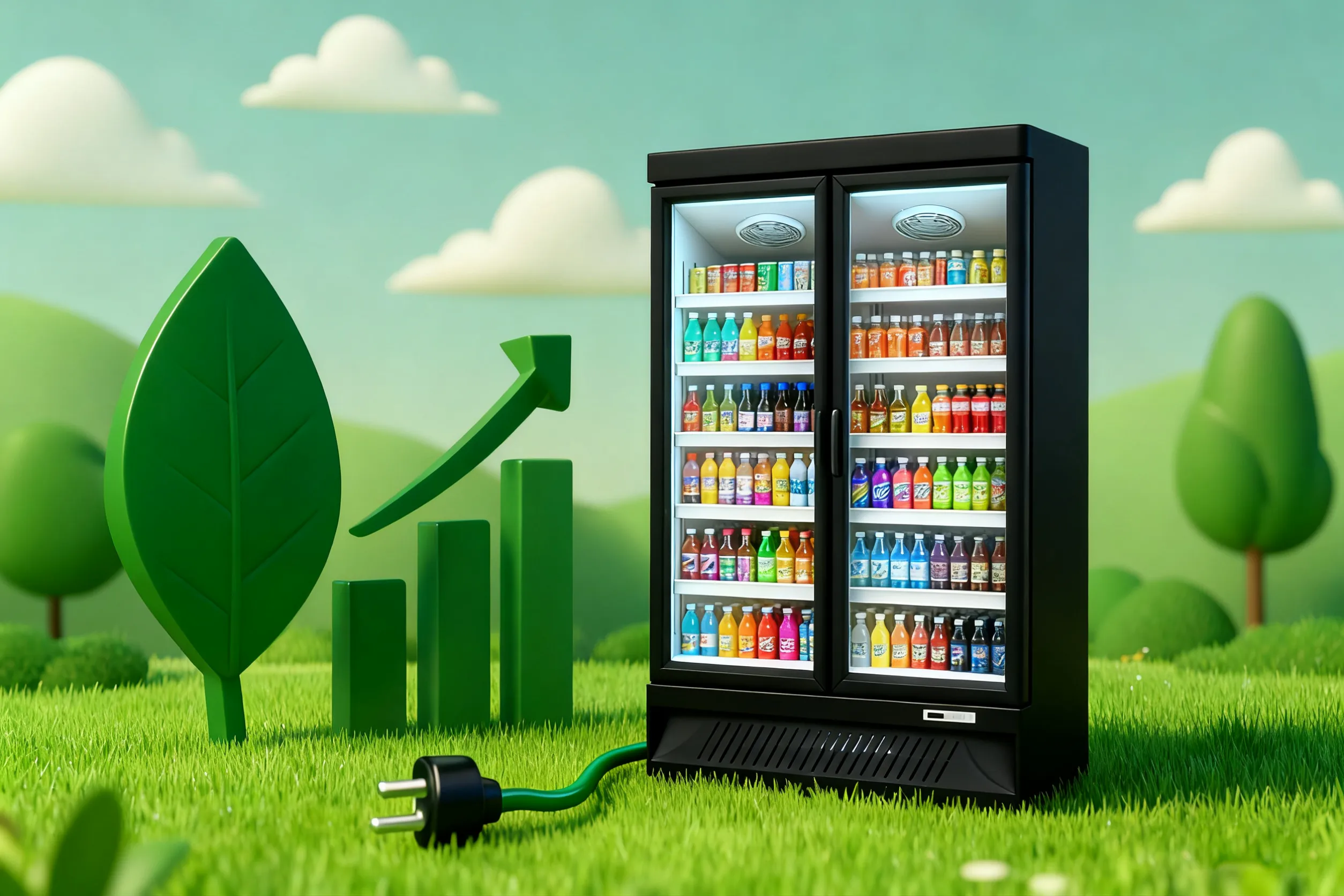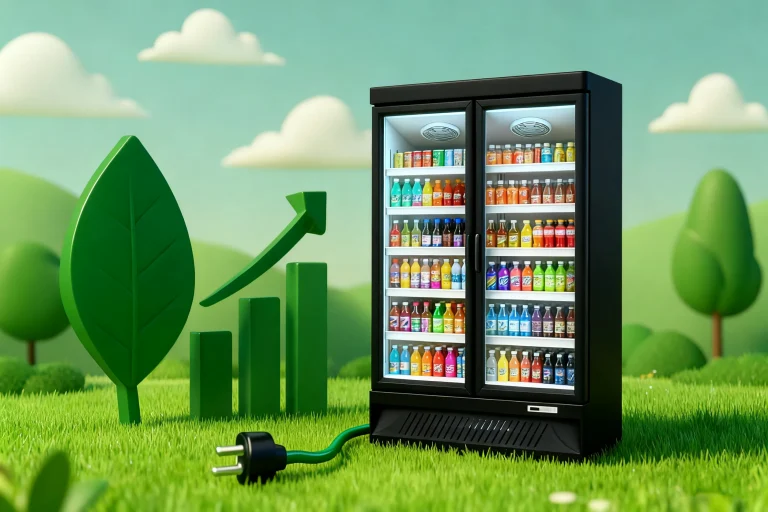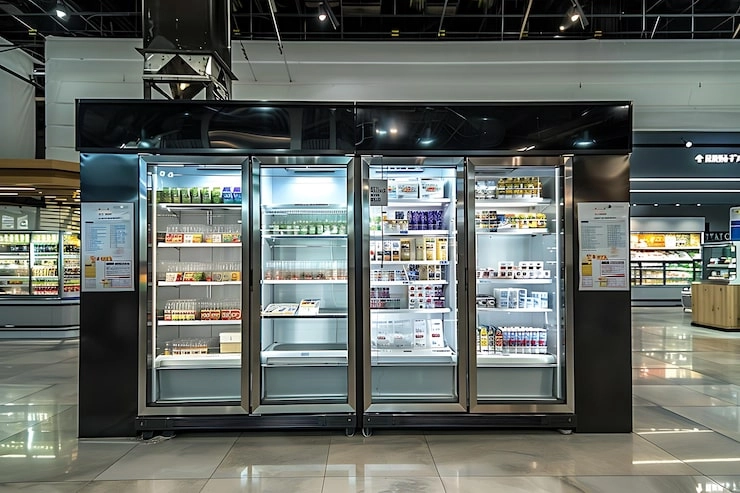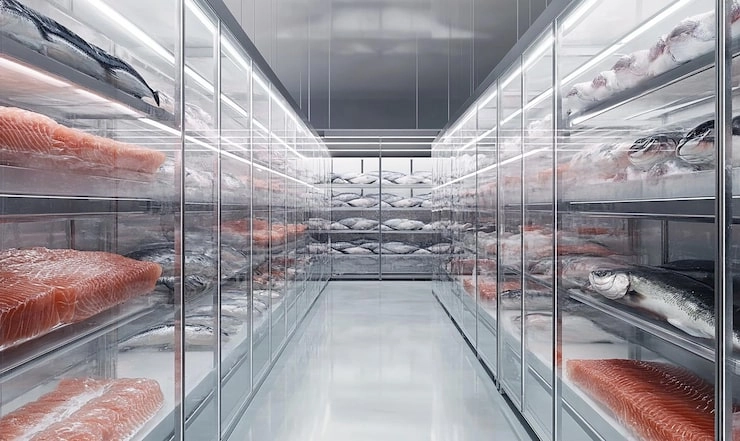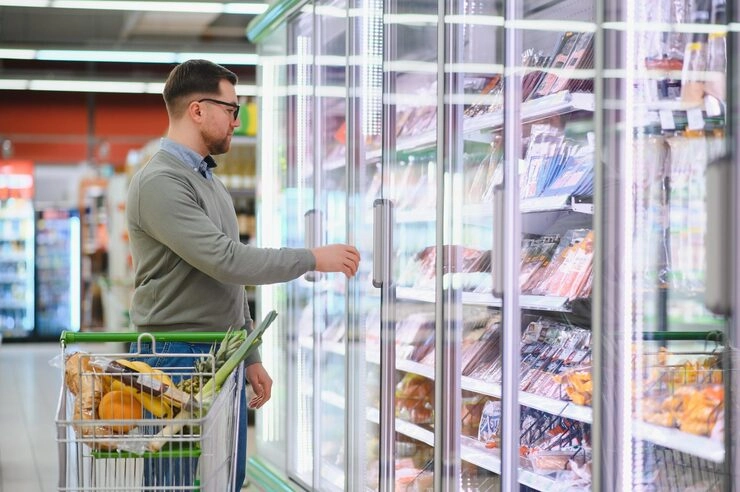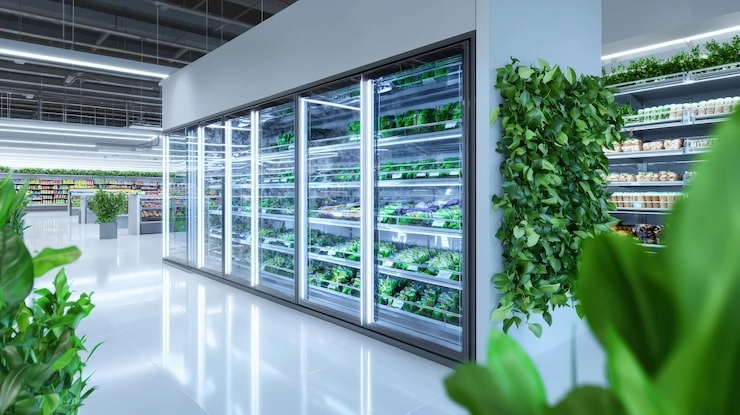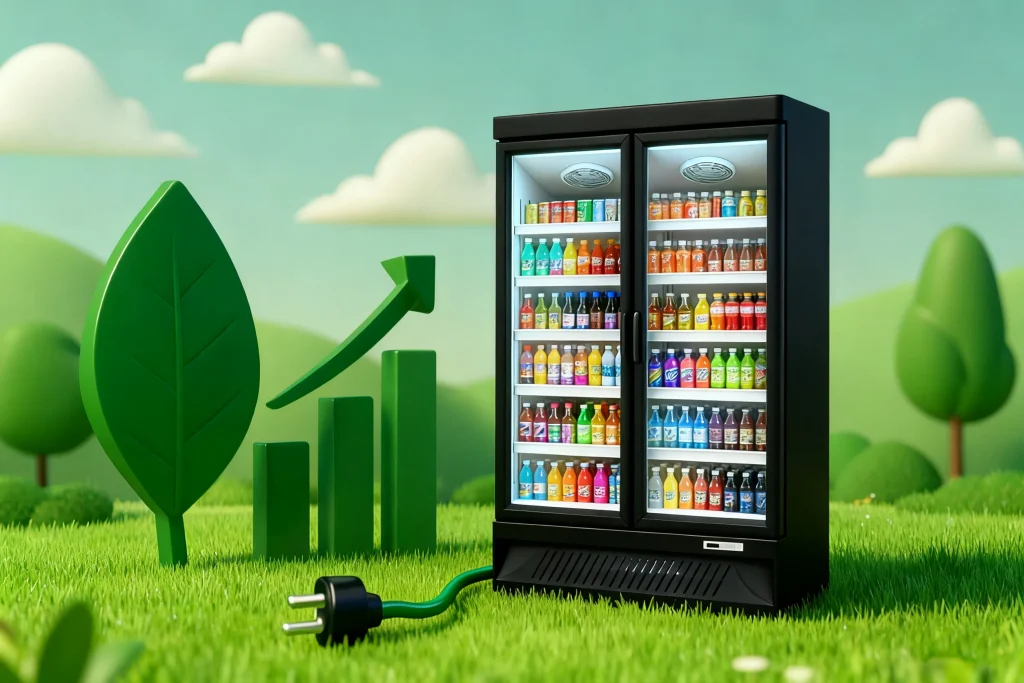
Refrigeration holds a key spot in homes and businesses alike. It keeps food fresh, protects medical supplies, and adds everyday ease. Yet it’s one of the biggest energy users around. As folks worldwide crave more cooling options, power bills climb and so do harmful gas releases. That’s why switching to green refrigerators matters so much for a better planet. These machines cut energy waste and shrink their eco-harm through smart tech and earth-friendly stuff.
Picking energy-smart cooling setups slashes running expenses big time. Plus, it backs big-picture green aims. For homes or shops, grabbing an eco-refrigerator is a smart move toward steady power habits.
Power Consumption of Environmentally Friendly Refrigerators
Figuring out the electricity draw of green refrigerators means digging into what shapes their power needs. Several things sway how much juice they pull.
Key Factors That Influence Refrigerator Energy Use
Power draw shifts a lot based on build choices and surroundings. Size tops the list—bigger boxes need extra kick. Setup counts too; top-freezer types often sip less than side-by-side ones.
Thick, top-notch padding keeps chill in tight. Thus, compressors chill easier and run shorter. Door opens and peeks inside spike use quick. In busy spots like stores, constant pokes mean more air swaps and harder work for the motor.
Room heat and spot choice play in. A fridge near a stove or in a warm nook fights extra to stay cool. So, it guzzles more watts.
Average Power Usage of Eco-Friendly Models
Today’s green fridges keep draw low yet chill strong. Home types average 100–400 kWh yearly. Shop models hit 400–800 kWh, tied to room and extras.
ENERGY STAR® picks shine bright. They beat old ones by 10% or better, piling up real savings over time. What’s more, many work units pack slick compressors and brainy guides that trim needs even further.
Technologies That Improve Refrigerator Efficiency
Green fridges pack tricks to slash power without skimping on chill power.
High-Efficiency Compressors and Motors
Big leaps come from inverter compressors. Old ones blast full blast no matter what, wasting juice on slow days. Inverters tweak speed to match the moment. So, they run smooth and save big.
Brushless DC motors swap out clunky AC ones now. They hum quiet, toss less heat, and sip less power. All that boosts the whole setup’s thrift.
Advanced Insulation Materials and Design
Better padding locks cold tight with little effort. Vacuum-insulated panels (VIPs) lead the pack. They block heat fierce in slim layers, so walls stay thin but tough.
Tight seals cut air slips too. Cold stays put. Compressors idle more. Efficiency soars.
Smart Controls and Monitoring Systems
Digital dials rule modern green boxes. They nail temps spot-on and tweak cycles on the fly. Remote checks spot glitches fast. Thus, no sneaky waste from bad tweaks or breaks.
Environmental Benefits of Energy-Efficient Refrigerators
Savings hit the wallet hard. But green fridges aid the earth in deep ways too.
Reduction in Greenhouse Gas Emissions
Less power means fewer coal burns at plants. Carbon trails shrink fast from fridge runs.
Many fresh models tap natural chills like R290 (propane). Its Global Warming Potential (GWP) dwarfs old hydrofluorocarbons (HFCs) such as R134a or R404A. Cleaner air follows.
Contribution to Sustainable Energy Goals
These boxes back worldwide cuts in bad gases across trades. Shops that grab them meet rules easy. Plus, they look good—green cred boosts rep.
Comparing Residential vs. Commercial Eco-Friendly Units
Pitting home against shop green fridges shows clear splits in needs and builds.
Differences in Design and Power Requirements
Shop units take rough daily grinds with vast holds and tough parts for non-stop shifts. They pull more but last under strain.
Home ones chase hush, pretty fits in kitchens, and snug shapes. Smaller means lighter draw overall.
Efficiency Standards Across Applications
Both home and shop can snag ENERGY STAR® nods. But tests fit their worlds—home light, shop heavy. That locks in bucks saved and rule fits.
Cost Implications of Choosing an Environmentally Friendly Refrigerator
Green tags up front sting a bit more than plain ones. Long haul pays back plenty though.
Upfront Investment vs. Long-Term Savings
Fancy bits like inverter compressors, VIP padding, and digi brains hike build costs. Yet they trim bills sharp each month. Many spots toss rebates or tax breaks to ease the hit. ENERGY STAR® gear often scores those perks.
Maintenance Considerations for Optimal Performance
Steady care keeps thrift humming life-long. Wipe coils clean. Swap old seals. No chill leaks or motor strain. Small steps. Big power wins.
Create Refrigeration: A Source for Efficient Cooling Solutions
Create Refrigeration leads with fresh chill gear built green from the ground up.
Company Overview and Product Offering Highlights
SHANDONG CREATE REFRIGERATION CO.,LTD handles CO₂ setups from sketch to shelf. Products hit top marks in big markets worldwide. They snag prime thrift scores in tons of spots. The lineup spans slick shop chillers: island freezers, upright cabinets, display coolers, stainless steel equipment, western kitchen equipment, and supermarket shelves. All geared for supermarkets, convenience stores, and foodservice operations.

Commitment to Sustainability and Innovation
Create Refrigeration pushes green living hard. They weave in earth-safe R290 chills and fresh thrift stuff. Top-brand inverter compressors slash draw—up to 50% off old bills in sweet setups. Tough builds, ace padding, and sharp controls mix in. Chill stays prime. Earth harm dips low.
Summary of Key Insights on Eco-Friendly Refrigerator Power Use
Green fridges blend sharp tech to trim juice yet chill fierce. Inverter compressors, digi guides, vacuum-insulated panels, and R290 chills cut power and fumes deep. Grabbing these backs green aims without ditching punch or trust.
FAQs
Q1: How much electricity does a typical environmentally friendly refrigerator use per year?
A: An eco-friendly residential refrigerator typically uses between 100–400 kWh annually, while commercial units may range from 400–800 kWh depending on size and features.
Q2: What refrigerants are considered environmentally safe?
A: Natural refrigerants such as R290 (propane) are considered safe due to their low Global Warming Potential (GWP) compared to traditional HFCs like R134a or R404A.
Q3: Are there government incentives for purchasing energy-efficient refrigeration equipment?
A: Yes, many regions offer rebates or tax credits for ENERGY STAR® certified appliances or equipment that meets specific efficiency standards; check local programs for eligibility details.
Q4: Can I customize an eco-friendly refrigerator based on store layout?
A: Yes, we can provide customized services based on a client’s store layout. Our minimum order quantity (MOQ) is one unit, and we also accept OEM orders to feature the customer’s logo on the products.

